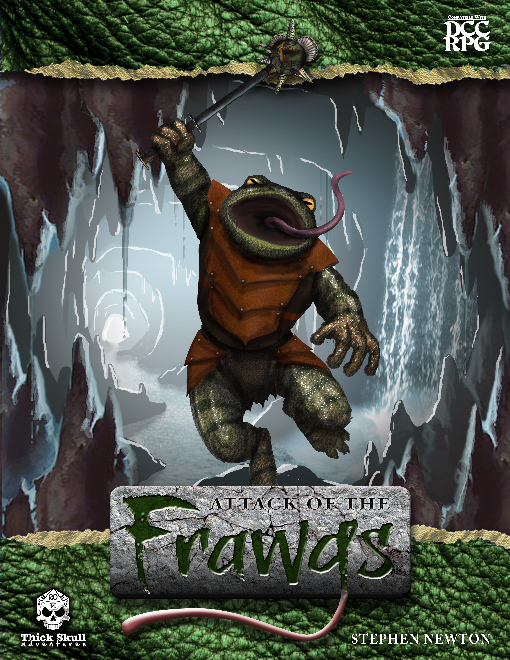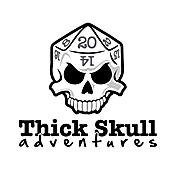It may seem strange to be talking about a
product that is not out yet in this series, but I was lucky enough to have a
chance to playtest some of Transylvanian Adventures. In case you think it biases my opinion, I
should also note that I created six illustrations for this product as well.
Transylvanian Adventures, the brain-child
of S.A. Mathis, is an expansion of the Dungeon Crawl Classics role-playing game
core rules that allows you to play Gothic horror scenarios like those found in
Bram Stoker’s Dracula, Mary Shelley’s Frankenstein, and the many, many horror
films based off of them – particularly those of the original Hammer Films era.
Fantasy role-playing games have always been
rife with images from this genre, going back at least as far as the inclusion
of the vampire, flesh golem, werewolf, and similar monsters in Dungeons &
Dragons and Advanced Dungeons & Dragons.
The first edition of Pacesetter’s Chill was the first time I encountered
a game that actually made strong use of the horror elements, instead of simply
using a horror gloss on what was otherwise straight adventures.
Yet, horror elements are often used to good
effect in weird fantasy, and are a staple of such Appendix N authors as Robert
E. Howard, August Derleth, and H.P. Lovecraft.
As has been noted by others, the Hammer Horror films had a definite
impact on Gygaxian Dungeons & Dragons, with the ability to “turn undead”
being based largely off of Peter Cushing’s portrayal of Van Helsing, and the
abilities and limitations of vampires being based off of Dracula, as portrayed
by such stalwarts as Bela Lugosi and Christopher Lee.
Moreover, the Gothic era is on the cusp of
the supposedly rational modern world, wherein the irrational makes inroads into
the orderly conduct of the Age of Reason.
This is not only directly used in the oeuvre of Appendix N, but its
opposite number is as well – modern or near-modern men who fall backwards in
time, who travel to far planes of existence, or who otherwise enter secondary
worlds where the rational tenets of the Age of Reason may or may not
apply. Transylvanian Adventures not only
allows you to play a Jonathan Harker or a Mina Murray, but it makes strong
inroads into letting you play the kinds of characters you read about in The
Moon Pool, Lest Darkness Fall, The Carnelian Cube, The Dwellers in the Mirage,
At the Mountains of Madness, Witch World, and so on.
I am not allowed to discuss specific
mechanics, but I can say that there are some mechanics in the nascent work
which will allow judges to better use the tropes of the Gothic Horror
genre. There are also mechanics that you
will want to expand upon to better use the tropes of the Sword & Sorcery
genre. Like first edition Chill before it, Transylvanian Adventures wisely
avoids taking the path of introspective navel-gazing – a definite danger when
writing a horror role-playing game, wherein the author can so disempower the
characters to increase the “horror” that they become nothing more than
pawns. No, Transylvanian Adventures is written
to be one part Gothic horror to two parts ass kicking. It is a potent mix.
Included with the playtesting materials I
received from the author was an introductory adventure, a 0-level funnel for
Transylvanian Adventures characters.
This adventure makes good use of the tropes of the genre, and plays well
with the new rules of the main work. I
would be happy to see a line of Transylvanian Adventures supporting
Transylvanian Adventures; I would certainly buy them if they were the same
quality as the first.
I find myself counting the weeks until this
project is finished, and in my possession.
How many weeks? Luckily, I am not
counting alone. You can find out more
about Transylvanian Adventures at http://landofphantoms.blogspot.ca/.











